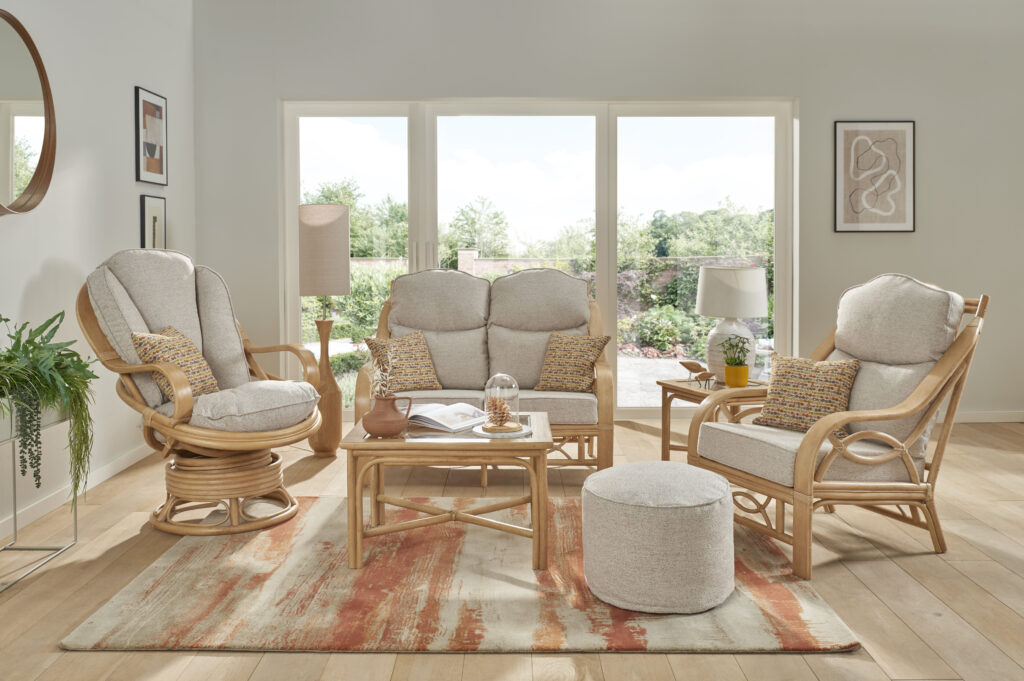How to Evaluate Furniture Quality: A Buyer’s Guide
When shopping for furniture, it’s crucial to make informed decisions to ensure you invest in pieces that will stand the test of time. Furniture is more than just an aesthetic addition to your living space; it also plays a significant role in comfort and functionality.
In this buyer’s guide, we will delve into the key factors that constitute high-quality furniture, allowing you to make the right choices for your home.

Materials Matter
The foundation of any durable piece of furniture lies in the materials used. Pay close attention to the following aspects:
- Wood: If you’re considering wooden furniture, inspect the type of wood used. Hardwoods like oak, cherry, and maple are known for their durability and longevity. Avoid furniture made from softwoods like pine, as they are more prone to dents and scratches.
- Upholstery: When it comes to upholstered furniture, examine the fabric or leather. High-quality materials should feel sturdy and resist wear and tear. Look for tightly woven fabrics and genuine leather for longevity.
- Metal: For furniture with metal components, such as frames or legs, ensure that the metal is strong and resistant to rust. Stainless steel and aluminium are excellent choices.
Craftsmanship Counts
Craftsmanship is a crucial factor that influences furniture quality. Here’s what to look for:
- Joints: Inspect the joints and connections. Well-crafted furniture should have sturdy, well-fitted joints, such as dovetail or mortise-and-tenon, which provide stability and durability.
- Finish: A quality finish should be smooth and consistent. Imperfections like uneven staining or rough surfaces are signs of poor craftsmanship.
- Hardware: Check the hardware, such as drawer pulls and handles. High-quality furniture will have solid and well-secured hardware that won’t easily break or become loose.
Durability and Longevity
One of the most important aspects of evaluating furniture quality is its durability. Consider the following:
- Weight: Heavier furniture is often a good indicator of quality, as it typically means thicker materials and sturdier construction.
- Warranty: Look for furniture that comes with a warranty. Manufacturers confident in their products are more likely to offer longer warranties, which can give you peace of mind.
- Reviews and Recommendations: Do some research and read reviews from other buyers. They can provide valuable insights into the durability and longevity of a particular piece of furniture.
Price vs. Quality
While budget is a significant consideration, remember that high-quality furniture is an investment that pays off in the long run. It’s better to spend a bit more upfront for a piece that will last for years, rather than constantly replacing lower-quality items.
In conclusion, evaluating furniture quality requires a keen eye for materials, craftsmanship, and durability factors. By focusing on these key aspects, you can make informed decisions when shopping for furniture. Remember that quality furniture not only enhances the aesthetics of your home but also provides comfort and functionality for years to come. Happy furniture hunting!